How To Bring Value As An Independent Device Rep to ambulatory surgery centers
The Current Landscape for Device Reps
Working as an independent healthcare industry sales rep has become continuously more challenging over the past several years. About 15 years ago, hospitals began cracking down on reps by requiring RepTrax or other badges. Not only did this become a nuisance for device reps, but it also became a major expense to require multiple different types of badges in order to have entry to different healthcare establishments. In addition, RepTrax just increased their pricing and will only allow entry into certain hospitals.
In March of 2020, COVID put strain on health systems. Elected surgeries were canceled which means reps were unable to sell as demand for the product vanished overnight. As surgeries began to be rescheduled, hospitals and ambulatory surgery centers cracked down on foot traffic in order to reduce risk.
Two years after the dawn of the pandemic, reps are selling in person again, but continuing to evaluate what changes will be next to hit.
The Value of Ambulatory Surgery Centers
When it comes to orthopedic surgery, just over half of patients are choosing to book their operation in an outpatient setting. In fact, the global ASC market is expected to reach $117 billion by 2027.
Patients are choosing surgery centers for access to specialized surgeons, quality of care, the demand for an outpatient setting, and often lower costs. With a 92% patient satisfaction rate, it’s evident that more patients will turn to surgery centers when considering their options for surgery.
For device reps, the value is simple. Many surgery centers are physician-owned, helping reps know exactly who to target with their product. Surgery centers are typically specialty units meaning less red tape and easier access than a large healthcare conglomerate.
Great Value Brings Steep Competition
ASCs are growing, favored in the eyes of patients, but now the entire healthcare industry is watching independent centers. Big ortho companies such as Stryker and Zimmer are strategizing on how to capitalize on ambulatory surgery centers.
In order to compete with industry giants who are pumping finances and resources into specifically targeting surgery centers, it’s important to understand where you can provide value.
EMR Software & Ambulatory Surgery Center Inefficiencies
Electronic medical record software or EMR software is synonymous with modern healthcare. However, while becoming increasingly more necessary, many of these platforms are clunky, next to impossible to implement, and inefficient.
According to a study by the New England Journal of Medicine, only 12% of those using EMR software found it to be beneficial. Common barriers with this software discovered within this survey include:
- Cost
- Lack of knowledge or understanding
- Difficult workflows
However, regardless of barriers, the Health Information Technology for Economic and Clinical Health Act requires Medicare and Medicaid incentive programs to adopt EMR or EHR systems.
As an independent medical device rep, you can offer solutions such as PRO-MAPP which is an automated workflow system that will help streamline surgeries with patient response rate surveys, automatic bill sheets, and makes data collection easier.
PRO-MAPP does integrate with EMR systems and will help eliminate the likelihood of errors. Also, implementation is seamless.
Provide Solutions for At-Home Recovery
Let’s face it, patient readmission rates are one of the largest costs for independent surgery centers. Therefore, providing at-home treatment options is one way to add value when meeting with a surgeon working in the outpatient setting.
While deep vein thrombosis or DVT is nothing new, that doesn’t mean it shouldn’t be top-of-mind for surgeons when sending patients home. Compression Solutions’ TriplePlay Calf SCD Sleeves can be used in a clinical or at-home setting and eliminate risk for blood clots without additional medications. Pneumatic compression for calves simulates walking and therefore decreases risk of readmission due to DVT.
Adjust Your Medical Device Selling Strategy
Even if you are selling highly coveted devices and solutions, it can be difficult to stand out amongst industry giants when selling to an ambulatory surgery center. It may be worth adjusting your selling strategy prior to making a pitch.
Here are some considerations before giving your pitch:
- Fully understand who the surgeons are, what types of patients they treat, and their specialty before deciding if it’s worth setting up a meeting. Surgery centers are known for having less red tape, but because these centers operate within normal working, office hours it can be difficult to catch someone outside of the operating room.
- Come to the meeting with performance metrics ready. By highlighting patient care and improved outcomes with specific statistics, your presentation will most likely be stronger than what a competitor is pitching.
- Prove your knowledge of the surgeon’s pain points. By focusing less on your products, focus on solutions and a deep understanding of improving inefficiencies or saving the surgeon or surgery center money.
